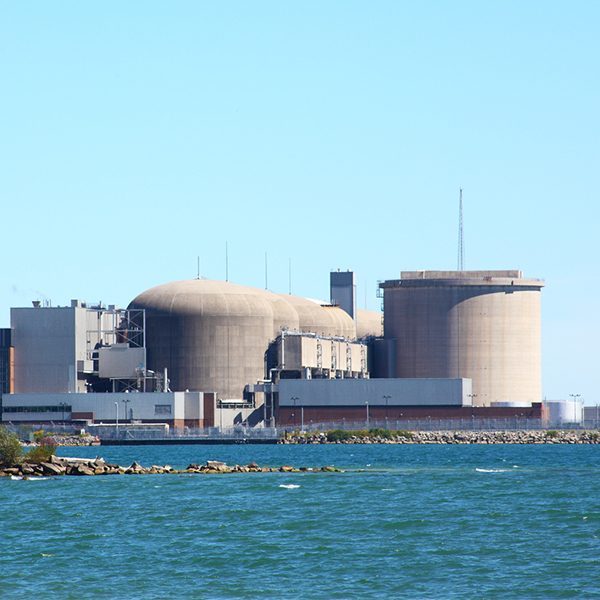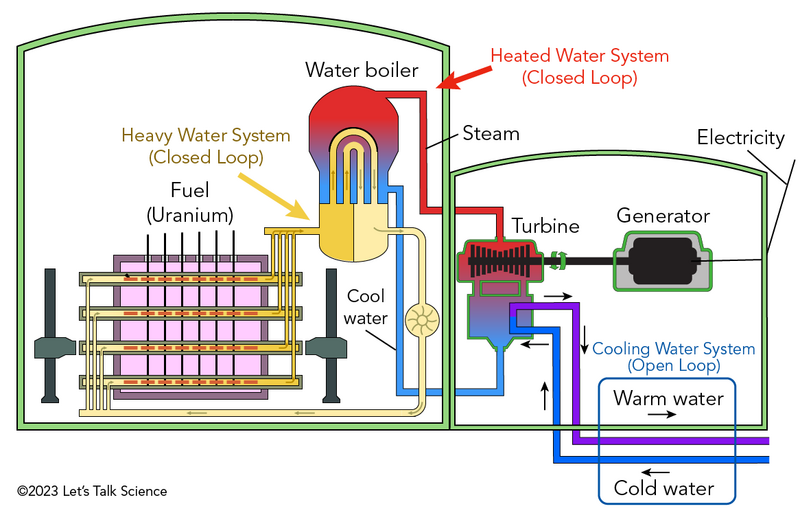Generating Electricity: Nuclear Energy

Nuclear power generating station in Pickering, Ontario (bukharova, iStockphoto)

Nuclear power generating station in Pickering, Ontario (bukharova, iStockphoto)
6.3
How does this align with my curriculum?
Curriculum Alignment
NS
8
Science Grade 8 (2020)
Learners will create a model that demonstrates the principles of kinetic molecular theory.
BC
7
Science Grade 7 (June 2016)
Big Idea: The electromagnetic force produces both electricity and magnetism.
YT
7
Science Grade 7 (British Columbia, June 2016)
Big Idea: The electromagnetic force produces both electricity and magnetism.
